1. Cape Cod Cottages
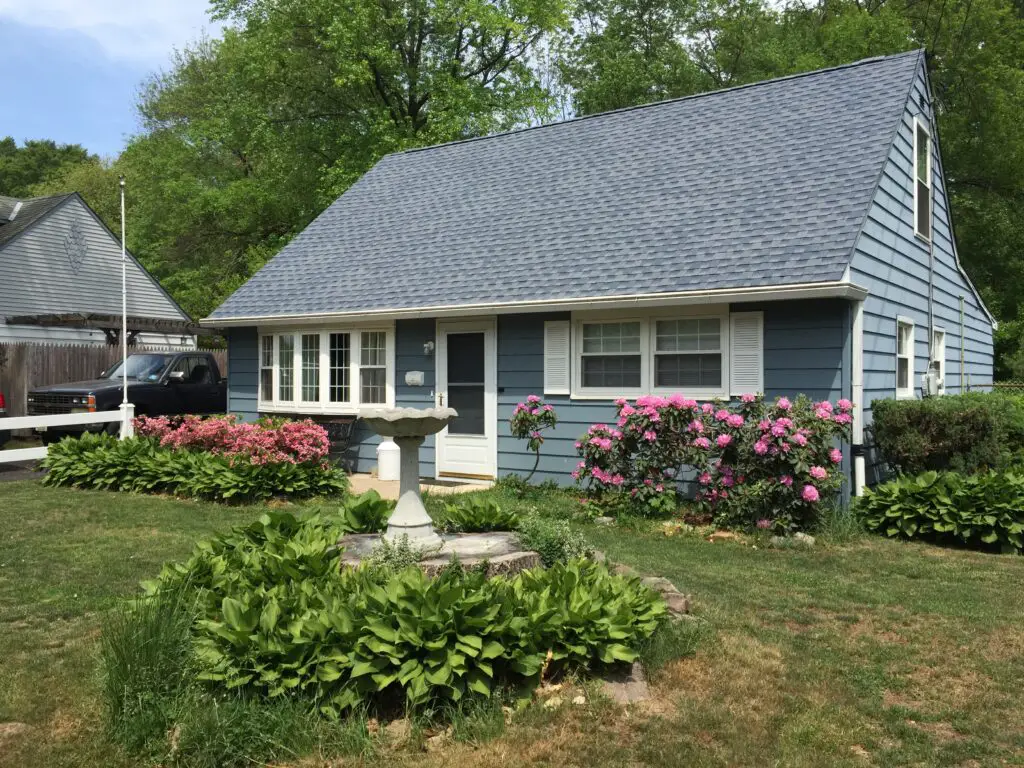
Known for their steep roofs and dormer windows, Cape Cod homes struggle to accommodate modern energy efficiency standards. Their small, compartmentalized rooms feel restrictive in today’s open-concept era. Maintaining these homes often requires extensive updates to align with contemporary preferences.
2. Split-Level Homes
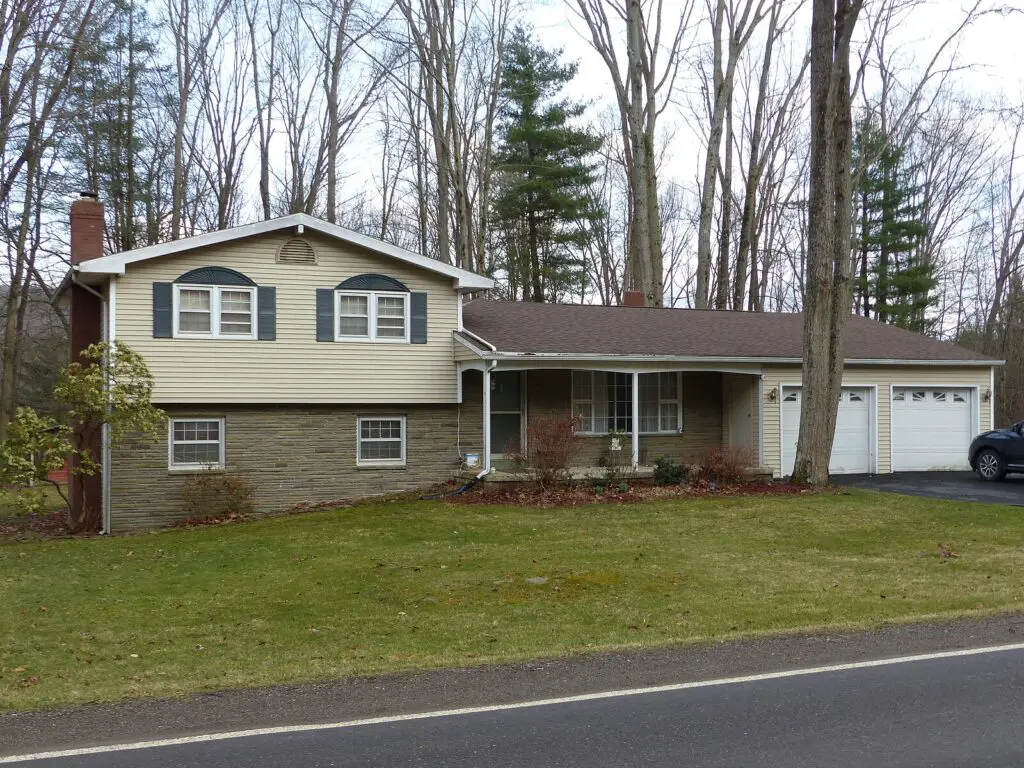
Popular in the mid-20th century, split-level homes are increasingly seen as dated and impractical. Their fragmented layout makes them less appealing to buyers who prefer open floor plans and centralized living spaces. Renovations to modernize these homes can be costly and complex.
3. Victorian Homes
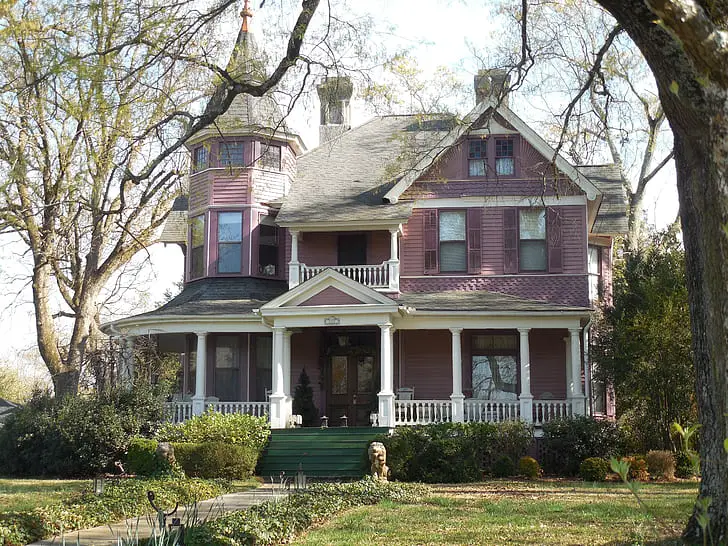
Though stunning, Victorian houses are becoming less desirable due to their high maintenance costs and inefficient use of space. Ornate details and narrow hallways clash with modern minimalist aesthetics. Many require significant renovations to meet current energy and safety standards.
4. McMansions
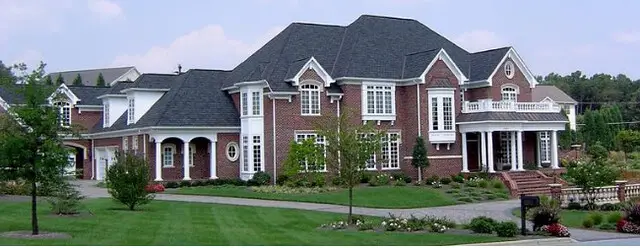
These oversized, cookie-cutter homes of the 1990s and early 2000s are losing their appeal due to their inefficiency and lack of architectural charm. Younger buyers prioritize sustainable living and unique designs over excessive square footage. Their high upkeep costs are another deterrent.
5. Ranch-Style Homes
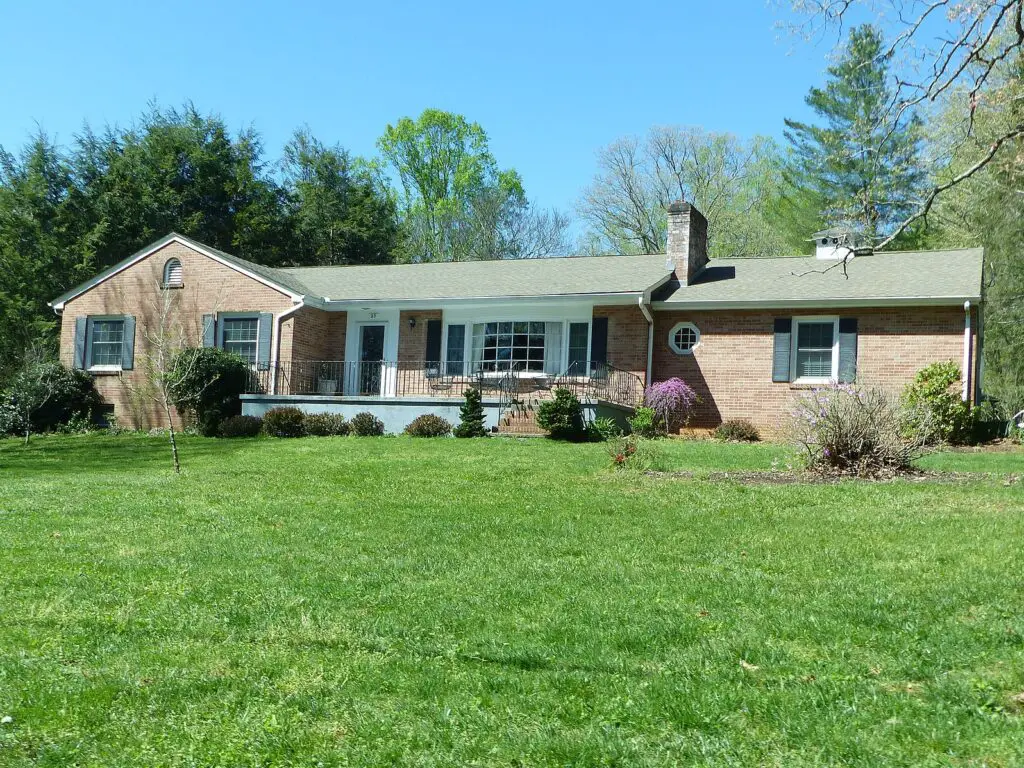
While single-story living has its benefits, sprawling ranch homes often occupy large plots of land, making them less practical in urbanizing areas. Their horizontal layouts can be expensive to heat and cool, especially as energy costs rise. Many buyers now seek vertical space in compact designs.
6. Saltbox Homes
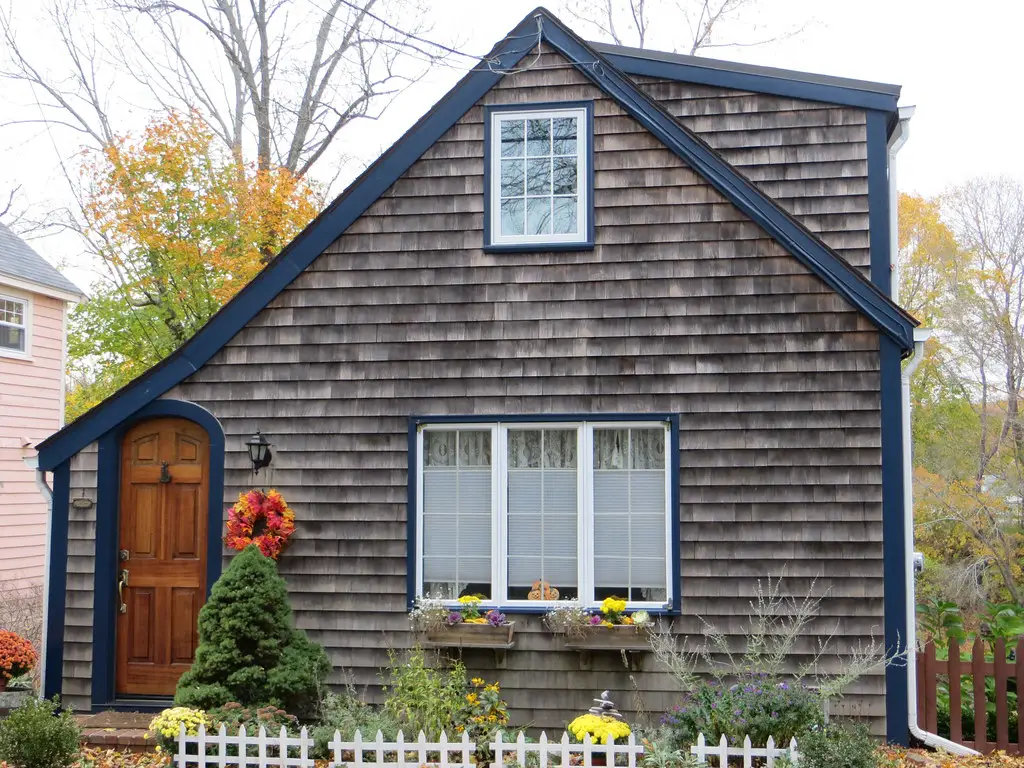
These asymmetrical homes, inspired by colonial architecture, are falling out of fashion. Their design lacks the flow and functionality that modern homeowners demand. While they hold historic charm, their inefficiency and limited adaptability make them less appealing.
7. Log Cabins
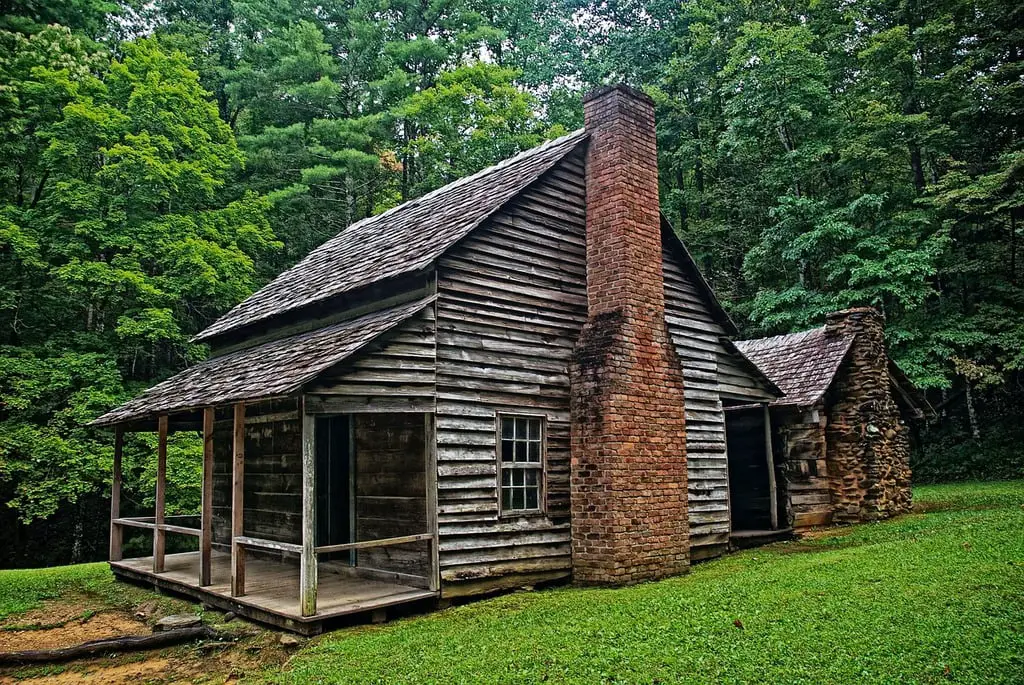
Rustic and charming, log cabins are increasingly seen as impractical for modern living. Their maintenance demands, including weatherproofing and pest control, deter many buyers. The push toward sustainable materials also challenges their continued use.
8. Mediterranean Villas
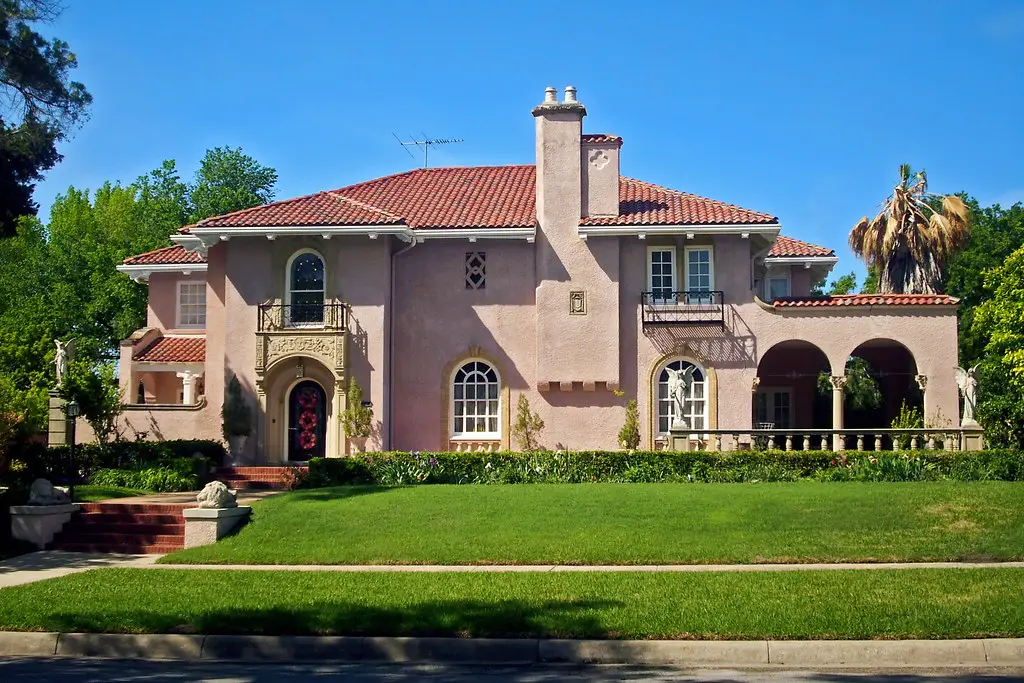
These stucco-clad homes with red-tiled roofs are losing popularity in regions where their design doesn’t align with local climates. Rising energy costs make cooling these homes in warm climates particularly expensive. Modern buyers favor eco-friendly designs over stylistic trends.
9. Tudor-Style Homes
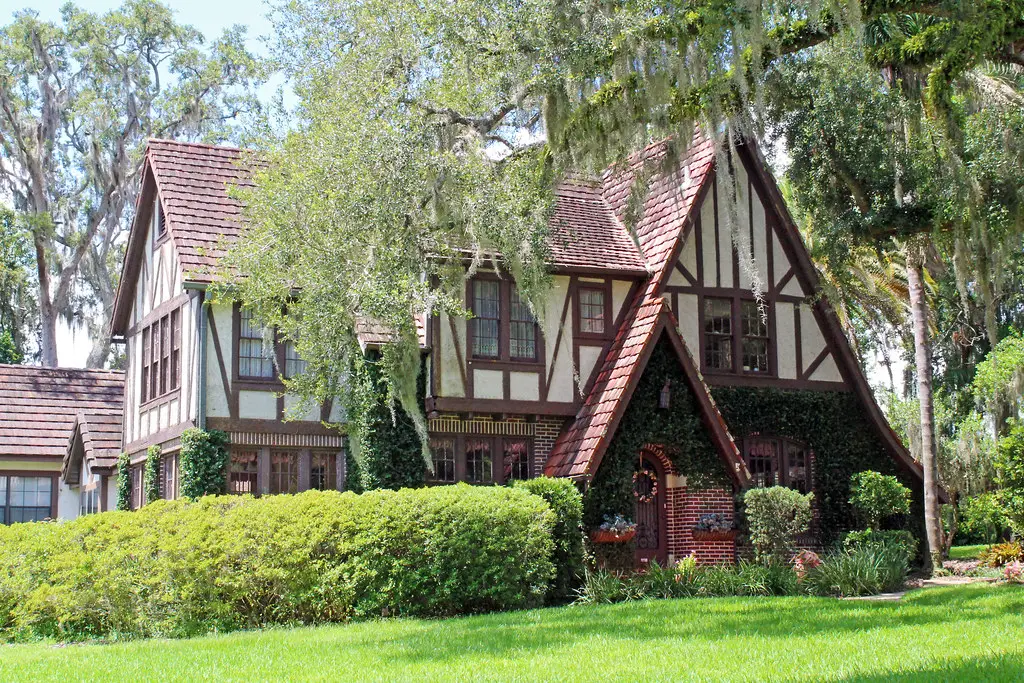
Tudor homes are admired for their old-world charm but struggle with outdated layouts and costly maintenance. Their distinctive half-timbered exteriors require special care, which can deter buyers. Open-concept enthusiasts find their dark interiors and small rooms unappealing.
10. A-Frame Houses
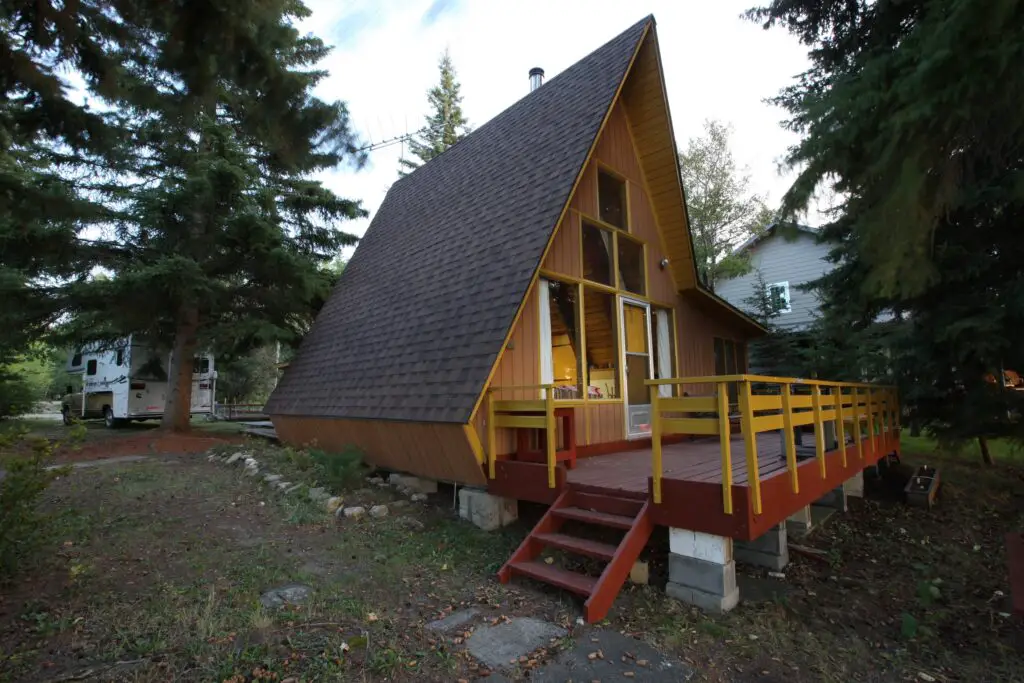
These angular homes gained traction in the 1970s but are now considered inefficient for everyday living. Their steep roofs and limited vertical walls restrict usable space. Modern families prefer designs that optimize square footage and natural light.
11. Geodesic Domes
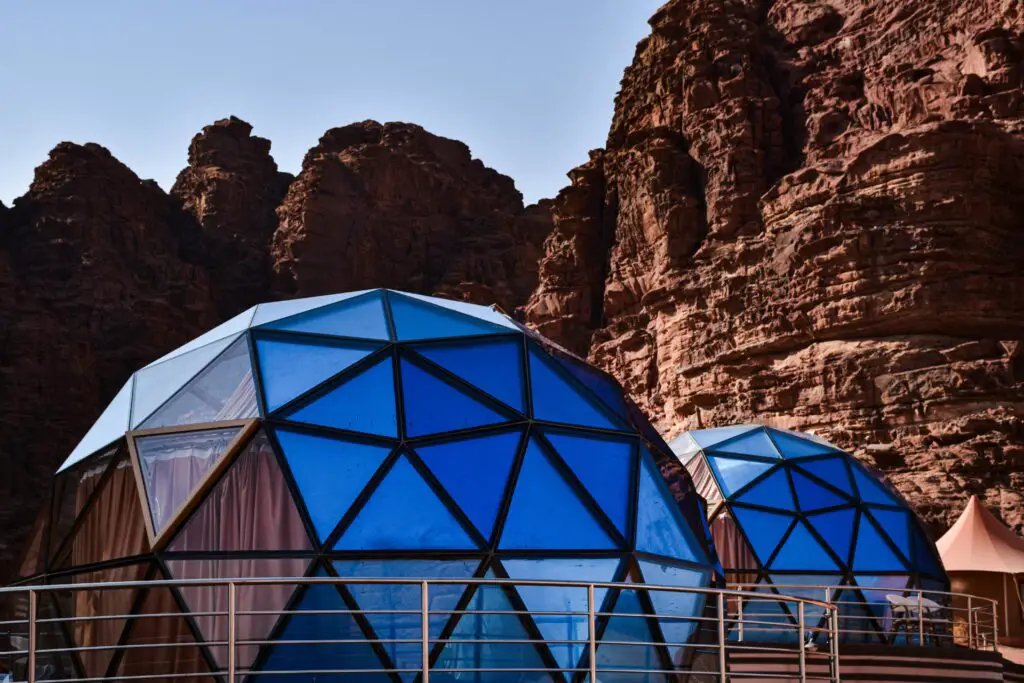
Once hailed as futuristic, these dome-shaped homes are rare and challenging to maintain. Their unconventional design doesn’t align with traditional furniture layouts or family-friendly living. As unique as they are, their impracticality is driving them into obscurity.
12. Shotgun Houses
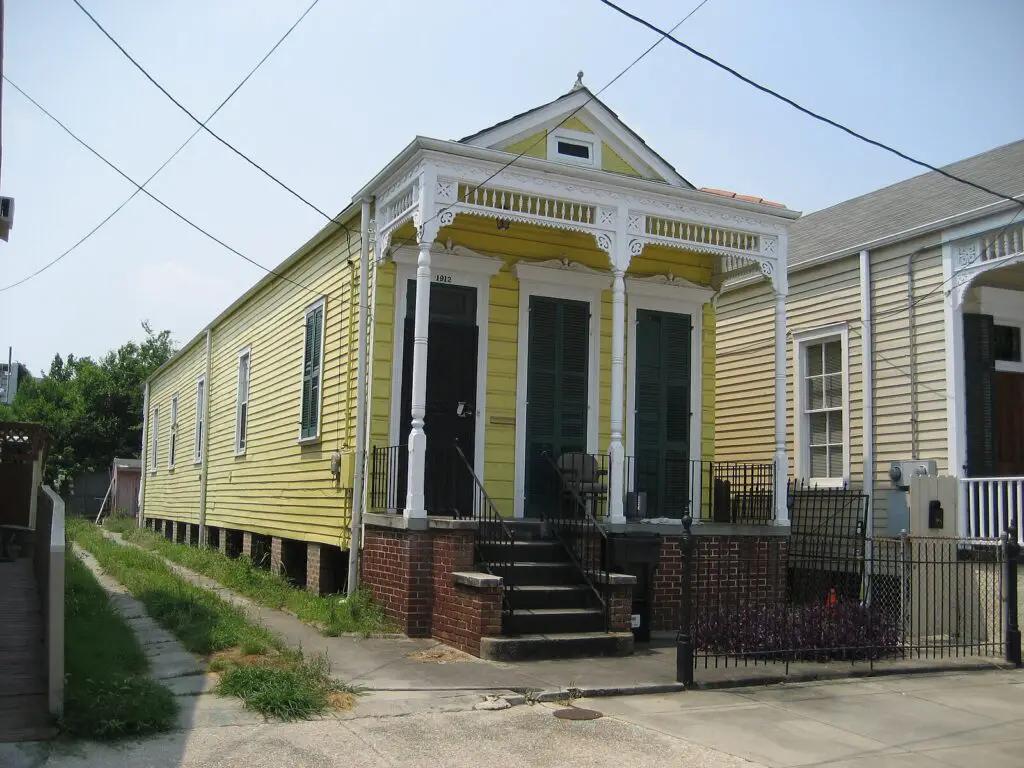
Common in the South, shotgun houses are being replaced by more spacious and versatile designs. Their narrow, single-file room layout doesn’t suit contemporary living needs. Renovating these homes to add modern conveniences often proves unfeasible.
13. Mobile Homes from the 1990s
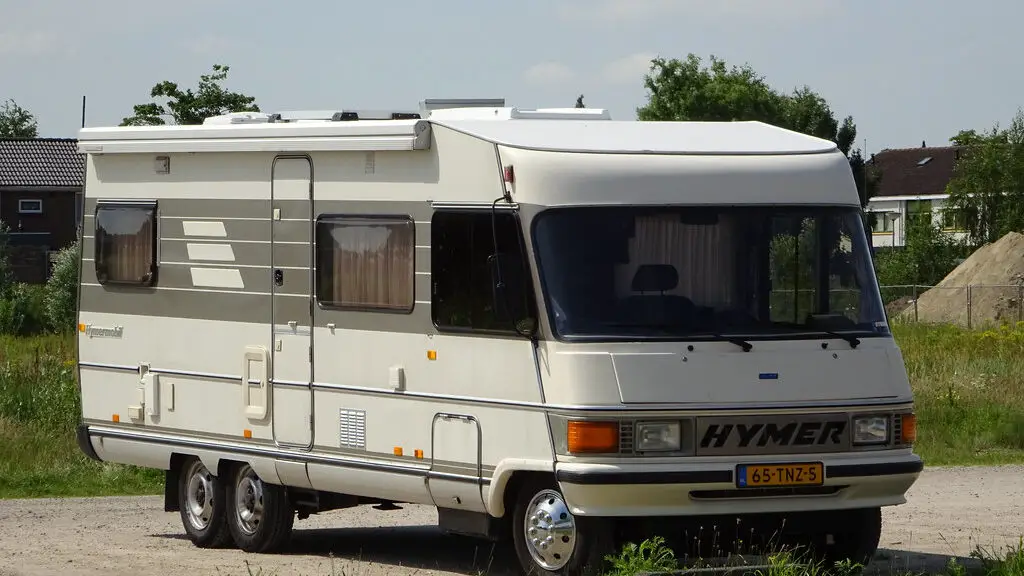
Older mobile homes lack the durability and energy efficiency of newer manufactured homes. Many are not built to withstand today’s environmental standards, leading to high utility costs and frequent repairs. Buyers now prefer modern tiny homes or modular designs.
14. Farmhouses Without Modern Updates
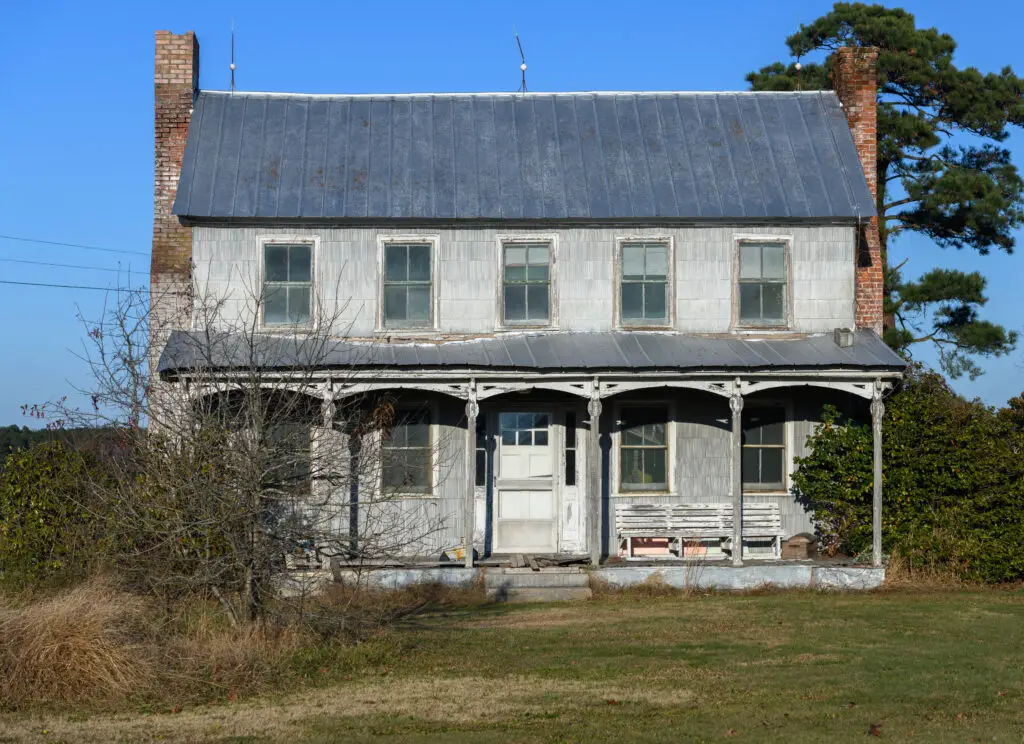
Traditional farmhouses without contemporary upgrades are becoming less desirable. While the farmhouse aesthetic remains trendy, outdated structures with poor insulation and old wiring are a hard sell. Buyers now gravitate toward new builds with farmhouse-inspired designs.
